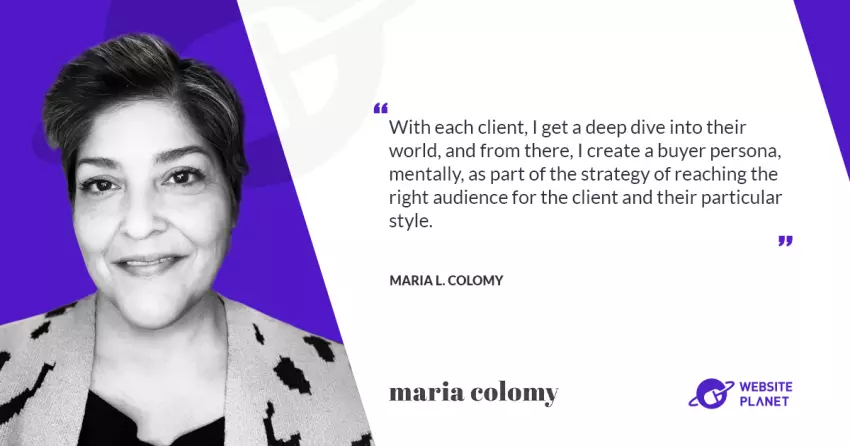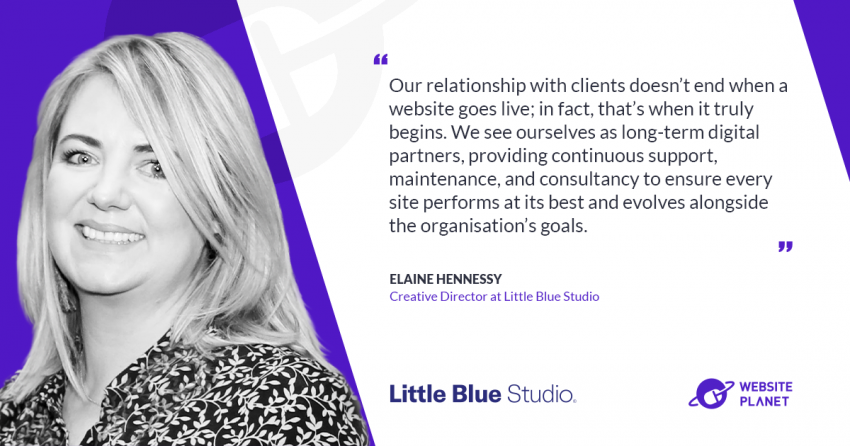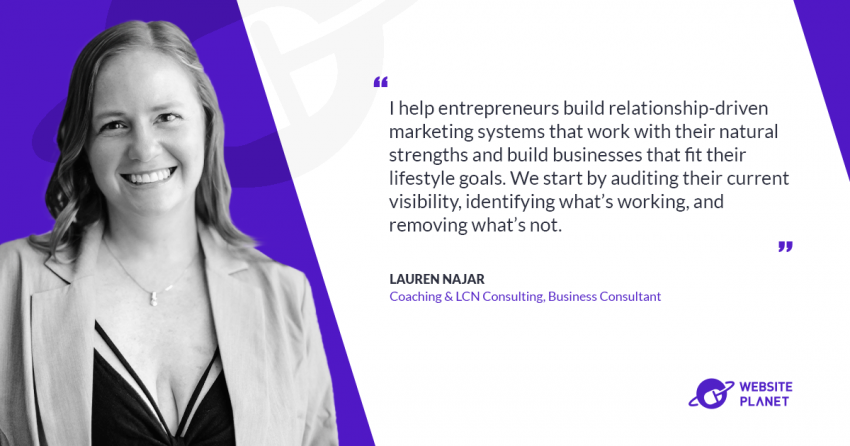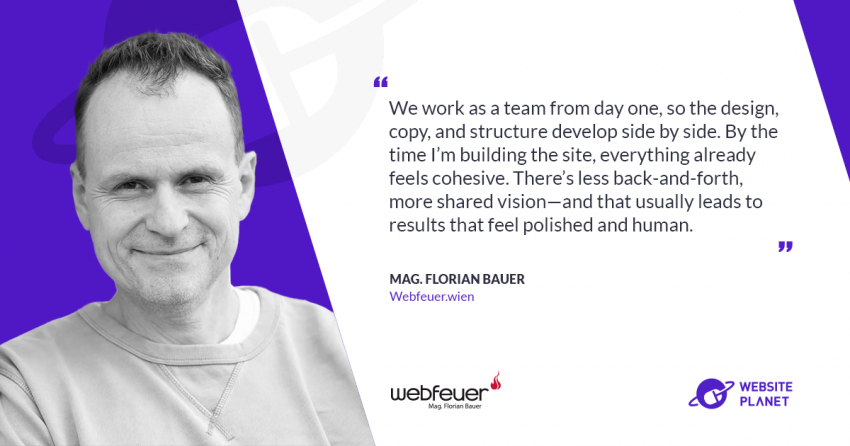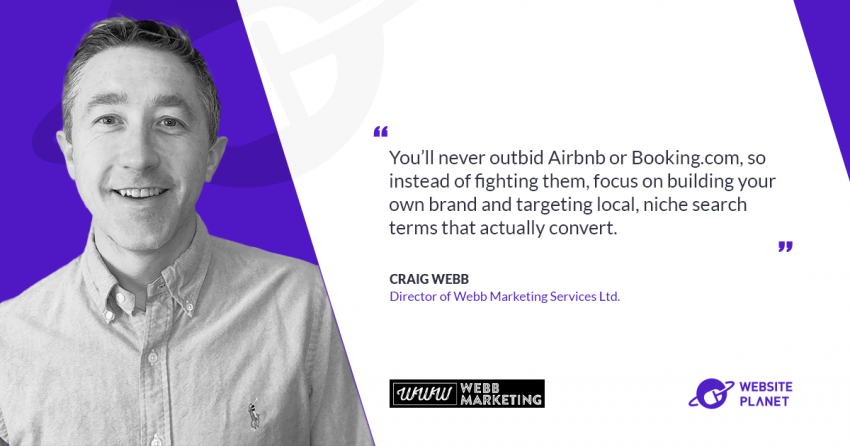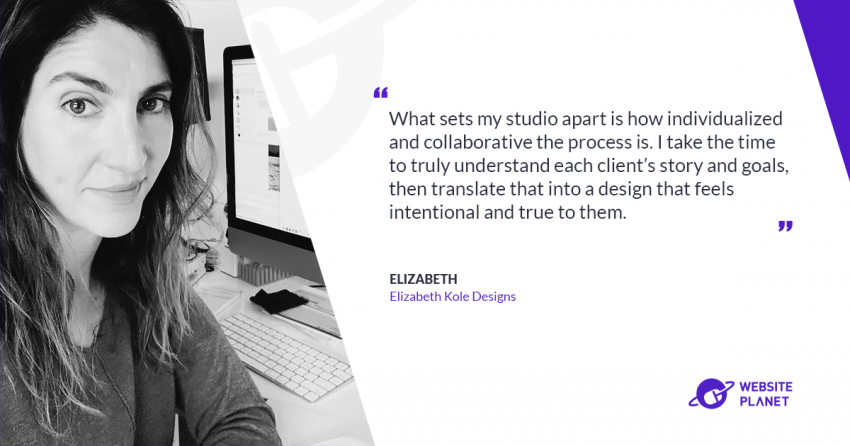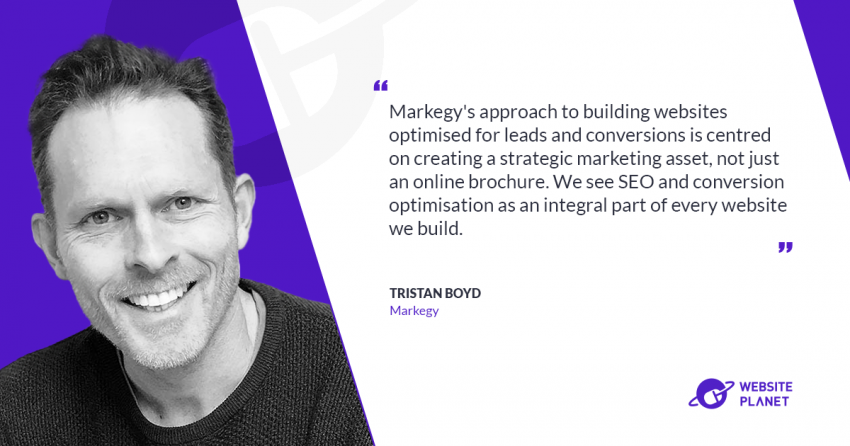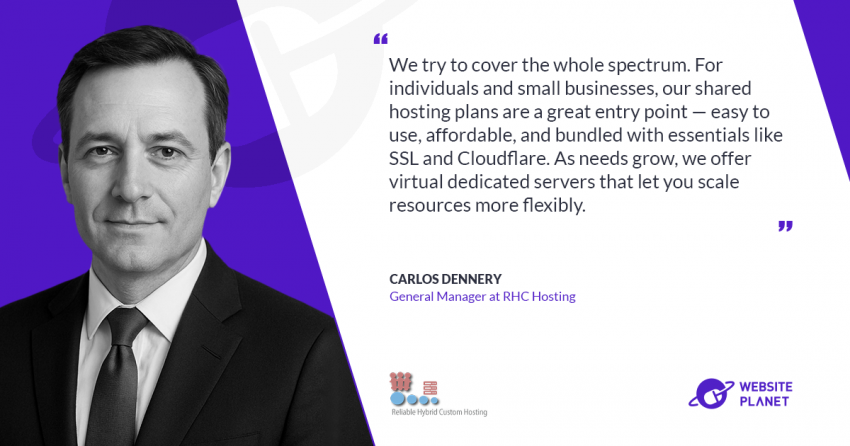Maria L. Colomy has built a creative practice that seamlessly blends design and marketing, recognizing that one cannot thrive without the other. From web design and branding to print and social media, she sees every touchpoint as part of a brand’s story—your website being the digital handshake that leaves a lasting first impression.
Her process is rooted in deep listening, understanding client industries, and tailoring strategies that truly resonate with target audiences.
In this Website Planet interview, Maria shares how she transforms client visions into compelling, future-proof brands that connect and engage authentically.
What inspired you to build a creative practice that spans web design, branding, print, and social media?
In my early career, before design school, I had marketing roles that required knowledge far beyond good layout and design skills, but that also go hand-in-hand with good design. I have a hard time separating design and marketing, because to me, they are one and the same. If either isn’t working properly, it’s a machine with missing parts, and you’re simply not going to get far.
Branding is so much more than a logo and a color palette, and a set of photographs or illustrations. Branding is the interaction, from beginning to end – from how you answer the phone, or how your website looks when a customer arrives. In the digital world, your website is like your elevator pitch, your handshake, and your smile. It IS your presence when you’re not present. A website should give someone an idea of what it might be like to engage with your business.
How do you take a client’s initial concept and transform it into a fully branded, e-commerce-ready web presence?
I try to spend more time listening than talking. I have a few very simple questions I like to ask as I dive into a project. The ideas and the vision for the product seem to just show up during the conversation, and I can see the person’s vision and expand on it due to my roles in so many different specialty areas. It’s rare you find someone who understands real estate, music row, entertainment industries, bar and restaurant marketing, the automotive industry, tech and manufacturing, etc.
With each client, I get a deep dive into their world, and from there, I create a buyer persona, mentally, as part of the strategy of reaching the right audience for the client and their particular style.
You wouldn’t write in the same voice for a brewery that you would for a real estate broker or a cosmetic surgeon. I have a knack for understanding what a client wants, but also seeing beyond that to what they need, and setting them up for future success with their project by knowing how to speak to their audience, without jargon.
Can you explain how your social media design services help clients maintain consistent and visually compelling online posts?
Trying to cut through the noise on social media is already challenging. Many marketers have a “me, me, me!” mentality, only talking about the client, how great their services are, etc. In my experience, focusing on entertainment and usefulness in the content that is created is key, using both at separate times. The best advice I could give, if you’ve ever heard the advice “always be selling,” don’t do that. Please. People don’t want to be talked at, educated, or sit down for more power point presentations. They want to be entertained, educated, engaged, excited, heard, and they want to feel seen. Engagement creates community.
What’s your approach to logo creation, from concept ideation to final execution?
From a strictly process-oriented point:
1. Research the company, their audience, the demographic, competitors, etc.
2. Have a few examples of things the customer likes, and a few of things they absolutely do not like.
3. Start with the “Bic pen” test in mind. If I print this logo on a pen, will it still function? So many people confuse illustrations with logos – the two are not the same. A good example would be the Cracker Barrel logo, which is clearly an illustration of a man with a barrel. I don’t think I’ve ever seen a Cracker Barrel pen – but you get the point. A logo should work small, large, in only black and white, but also in color. Consider all usages of the logo: signage, printed materials, social media channels, will they have an app, does it need to be square? Plan before you begin to execute ideas.
4. Begin with 3-5 very strong initial concepts, sometimes I do as many as 8-9, depending on how specific the client is in what they want. Some are wide open, and some have a narrow space to work within. One thing I don’t do: let the customer drive every decision. They’ve hired me for my expertise, not to make them an expert – I do the heavy lifting – and let them have the joy of “oooh! I wasn’t expecting that one, but I love it!”
5. Once we get a concept the client likes, we refine til they LOVE it, tweaking colors, placement, and just overall refining the design.
You offer free training with web projects—how does that support clients in managing their WordPress sites confidently?
Most of my clients love that they don’t have to call me for every little thing – “Oh no! We forgot a page or a menu item,” this allows them to just fix things without needing to pay someone an hourly fee. If you can use simple office programs like Word Processing Documents, you’re smart enough to manage the content on your own website, with a quick walk-through. I think it gives them confidence, but also agency and control.
As a seasoned creative director and former instructor, how has your experience shaped the way you deliver marketing and design services today?
I like that I can train a customer as part of the service. It’s not often someone does something for you and then says – Hey, let me show you the basics of how to maintain this thing. Websites are like cars – they do require care and maintenance.
Find out more at: www.mariacolomy.com
